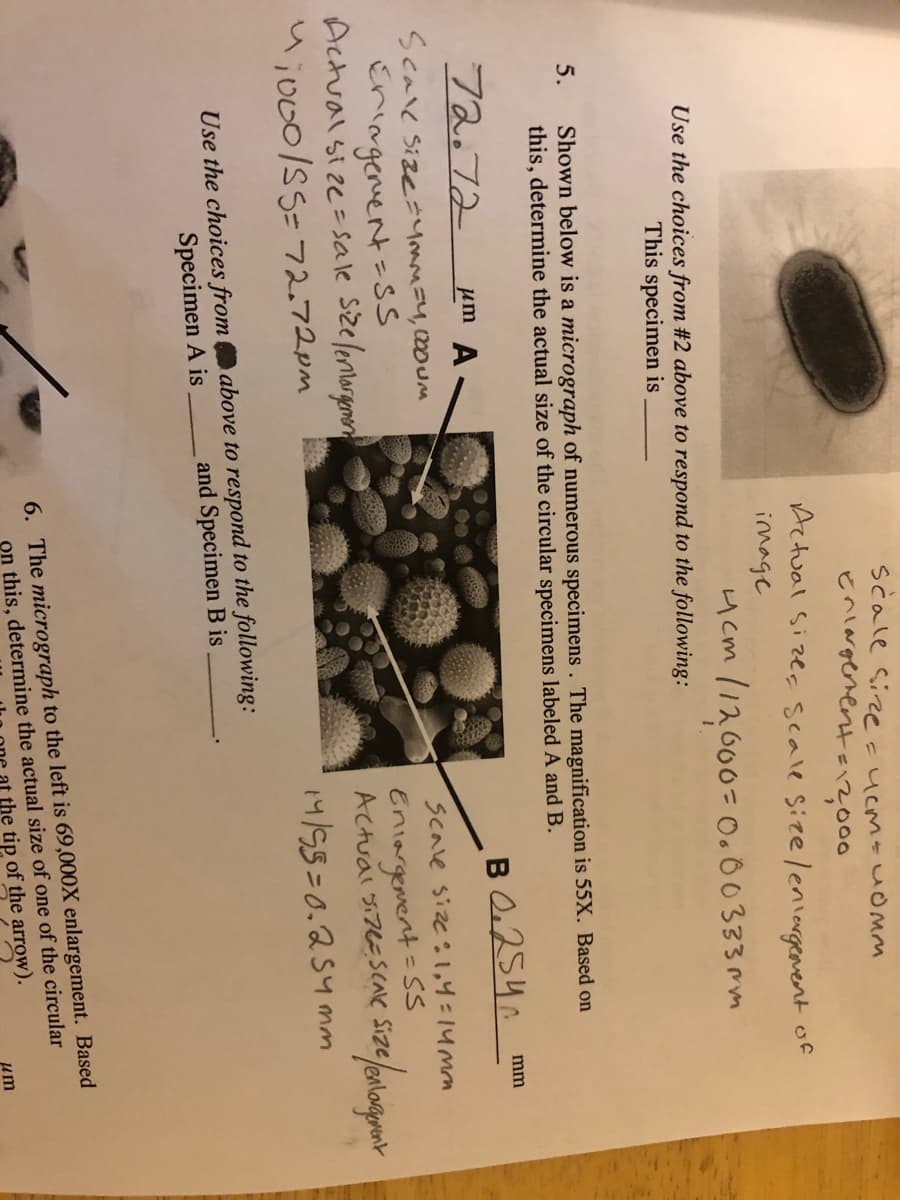
Eubacteria /True Bacteria --Single cell bacteria , prokaryotic microorganisms which are found in various conditions through out all parts of the planet .
Eubacteria are true bacteria and except arcaebacteria .
Domain bacteria are divided in to two division--
Eubacteria and Archaebacteria .
Characteristics of Eubacteria --A true nucleus is absent .
No membrane bound organelle .
Outer most structure is cell wall , which is made up of peptidoglycans in a cross - linked chain pattern , due to which size and shape is maintain from changing environment .
Some bacteria has flagellum , a structure composed of protein filaments which is used for movement ,while others have pili which are small projections all over the out side of the cell which are used for sticking to surfaces and transferring DNA .
When a large number of bacteria are attached to a surface and are surrounded by a polysaccharide sac called as biofilm .
Bacterial DNA floats freely in with in the cytosol , though it is concentrated in nucleoid .The chromosomes are circular but can also be linear in shape .
Bactria cab reproduce asexually by ( i )binary fission -in which bacteria elongate first and duplicate their DNA before separating in to two new similarly sized cells .
( ii ) By budding when parent cell produces a small extension of cell membrane and fills by duplicate DNA , result a new cell small while parent cell remain large .
During starvation and adverse conditions eubacteria produces endospores endospores but only Gram positive bacteria have this ability.
Shape and Size of Eubacteria -- Size of the
-Prokaryotes ranges from .2 micrometer to 50 micrometer .
Average prokaryote is around 1 to 3 micrometer in size .
-Eukaryotes are ranges from size 5 to 20 micrometer in diameter with an average of 20 micrometer .
Shapes of Bacteria --Bacteria are of two type on the basis of shape --
( A )Cocci --Round shaped may be --a -( i ) Diplococci eg. Streptococcus pneumoniae ( ii ) Chain --Streptococci eg. Streptococcus pyogenes. b-Tetrad -- i - Staphylococci eg. Staphylococcus aureus ii - Sarcina eg. Sarcina ventriculli
(B )Baicilli -- Rod shaped --( i )Single - Flagellated rod shaped --eg. Salmonella typhi ( ii )Chain Shaped bacilli eg. Bacillus anthracis ( iii )Spore formation eg. Clostridium botulinum
( C )Others --( i ) Vibrio --eg. Vibrio cholera
( ii )Spirilla-- eg. Helicobacter pylori
( iii ) Spirochaetes --eg. Treponema pallidum
Step by step
Solved in 2 steps









